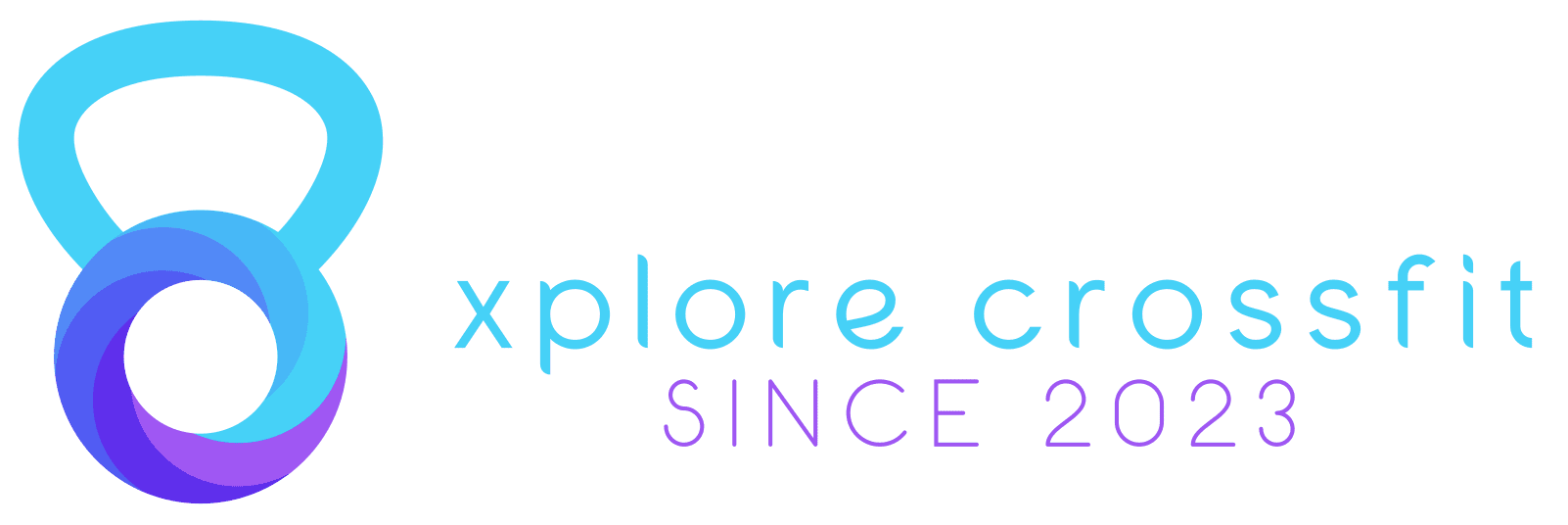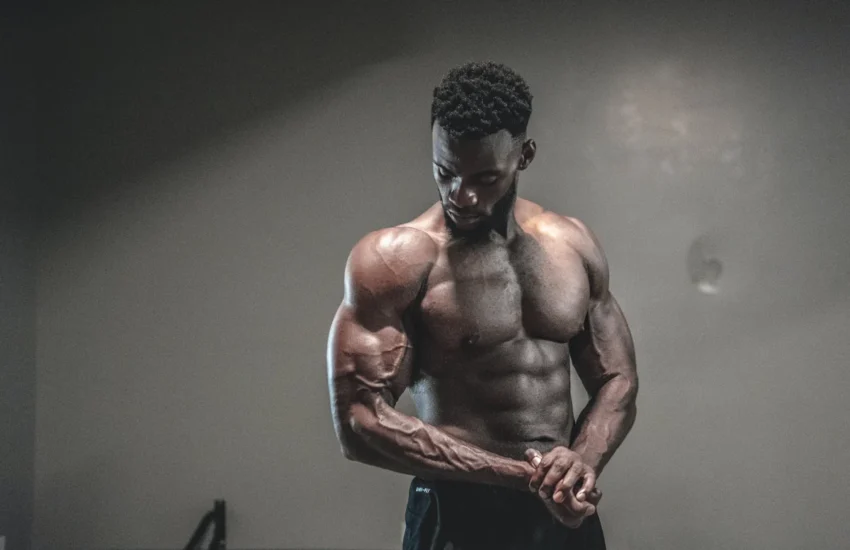Are you tired of spending hours at the gym, doing repetitive exercises with little to no results? We’ve all been there. That’s why today we’re diving deep into the world of Crossfit workouts and uncovering the truth: Can they really help you build lean muscle? Get ready to break free from your monotonous routine and discover a fitness revolution that has taken the world by storm. Strap in, because we are about to unleash the secrets behind Crossfit’s muscle-building magic!
Understanding Muscle Growth: How it Works
Muscle growth, also known as hypertrophy, is a complex process that occurs in response to physical activity and proper nutrition. It involves the enlargement of individual muscle fibers, resulting in an increase in overall muscle size and strength.
To understand how muscle growth works, it is important to first know the structure of our muscles. Muscles are made up of thousands of tiny fibers called myofibrils, which contain even smaller units called sarcomeres. These sarcomeres are responsible for contraction and relaxation of the muscle.
When we engage in physical activity such as Crossfit workouts, we create small tears or microtraumas in our muscle fibers. This may sound counter-intuitive but it is actually essential for triggering the process of muscle growth. Our muscles respond to these microtraumas by repairing and rebuilding themselves, making them stronger and larger than before.
This repair process is known as protein synthesis, where new proteins are created to replace damaged ones. These proteins include myosin and actin which make up the structure of our muscles. With consistent training and proper recovery time between workouts, this repair process results in an increase in muscle size and strength.
However, simply engaging in physical activity alone will not lead to significant muscle growth without adequate nutrition. Our muscles require a sufficient amount of protein to support their repair and growth processes. Protein contains essential amino acids that serve as building blocks for new muscle tissue.
In addition to protein intake, consuming enough calories is also crucial for maximizing muscle growth.
Balancing Nutrition for Optimal Results
Balancing your nutrition is essential for achieving optimal results when doing Crossfit workouts. While the intensity and variety of Crossfit exercises can certainly help build lean muscle, without proper nutrition, your progress may be hindered.
First and foremost, it’s important to understand that building lean muscle requires a caloric surplus – meaning you need to consume more calories than you burn in order to gain muscle mass. However, this doesn’t mean you should just eat anything and everything in sight. The quality of your food choices is crucial.
Protein is often referred to as the building block of muscle, and for good reason. It provides the necessary amino acids needed for muscle repair and growth. As a general rule, aim for 0.8-1 gram of protein per pound of body weight daily. This can come from sources such as lean meats, eggs, dairy products, legumes, nuts and seeds.
In addition to protein, complex carbohydrates are also important for fueling your workouts and providing energy for muscle growth. Opt for whole grains like oats, quinoa, brown rice, sweet potatoes and fruits such as bananas or berries. These are all nutrient-dense options that will provide sustained energy throughout your workouts.
While fats have often been given a bad reputation in regards to fitness goals, they are actually an important part of a well-rounded diet. Healthy fats like avocados, olive oil and nuts provide essential nutrients while helping with hormone production – which is crucial for building lean muscle.
Common Myths and Misconceptions About Crossfit and Muscle Building
Crossfit has gained immense popularity in recent years as a form of high-intensity workout that promises to build lean muscle and improve overall fitness. However, along with its rise in popularity, there are also many myths and misconceptions surrounding Crossfit and its effectiveness in building muscle.
In this section, we will address some of the most common myths and misconceptions about Crossfit and muscle building:
Myth 1: Crossfit is only for elite athletes
One of the biggest misconceptions about Crossfit is that it is only suitable for elite athletes or highly skilled individuals. This couldn’t be further from the truth. Crossfit is designed to cater to people of all fitness levels, from beginners to seasoned athletes. The workouts can be scaled up or down depending on an individual’s abilities, making it accessible to everyone.
Myth 2: You need heavy weights for effective muscle building
Many people believe that heavy weights are necessary for building muscle mass. While traditional weightlifting does focus on lifting heavy weights, Crossfit uses a combination of bodyweight exercises, functional movements, and resistance training to achieve similar results. In fact, studies have shown that high-intensity interval training like Crossfit can lead to significant gains in muscle mass without using heavy weights.
Conclusion: Is Crossfit the Right Choice for Building Lean Muscle?
Conclusion: Is Crossfit the Right Choice for Building Lean Muscle?
After delving into the topic of whether Crossfit workouts can truly build lean muscle, it is clear that there are several factors to consider. While some people may swear by Crossfit as an effective way to gain muscle mass, others may have had a less successful experience. In this conclusion, we will summarize our findings and provide our stance on whether or not Crossfit is the right choice for building lean muscle.
Firstly, it is important to note that building lean muscle requires a combination of proper training and nutrition. Without a balanced diet that includes enough calories and protein, it will be difficult to see any significant gains in muscle mass regardless of the workout routine being followed. This applies to all forms of exercise, including Crossfit.
However, in terms of its effectiveness in building lean muscle specifically, research shows that Crossfit can indeed be an efficient method. Its emphasis on high-intensity interval training (HIIT) has been proven to stimulate muscle growth through its ability to increase testosterone levels and boost metabolism. Additionally, the use of compound movements such as deadlifts, squats, and pull-ups in Crossfit workouts targets multiple muscles at once and helps promote overall strength and size gains.
Furthermore, one major advantage of incorporating Crossfit into your fitness routine is the variety it offers. With constantly changing workouts and different exercises each day, your muscles are always being challenged in new ways which can lead to greater results compared to traditional weightlifting routines that can become stagnant.
However, it is important to note that Crossfit is not for everyone. Its intense and demanding nature may not be suitable for those with certain injuries or health conditions. It also requires proper form and technique to avoid potential injuries, so it is crucial to have a knowledgeable coach or trainer to guide you.
In conclusion, Crossfit can be an effective way to build lean muscle, but it is not the only option. Other forms of resistance training such as traditional weightlifting can also produce similar results. Ultimately, the best workout routine for building lean muscle will vary from person to person based on individual goals, preferences, and capabilities. It is important to find a routine that works best for you and your body while also incorporating proper nutrition and rest.
The fittest athletes on earth take on the CrossFit Games, the ultimate test of fitness to prove that they are the fittest on earth.




